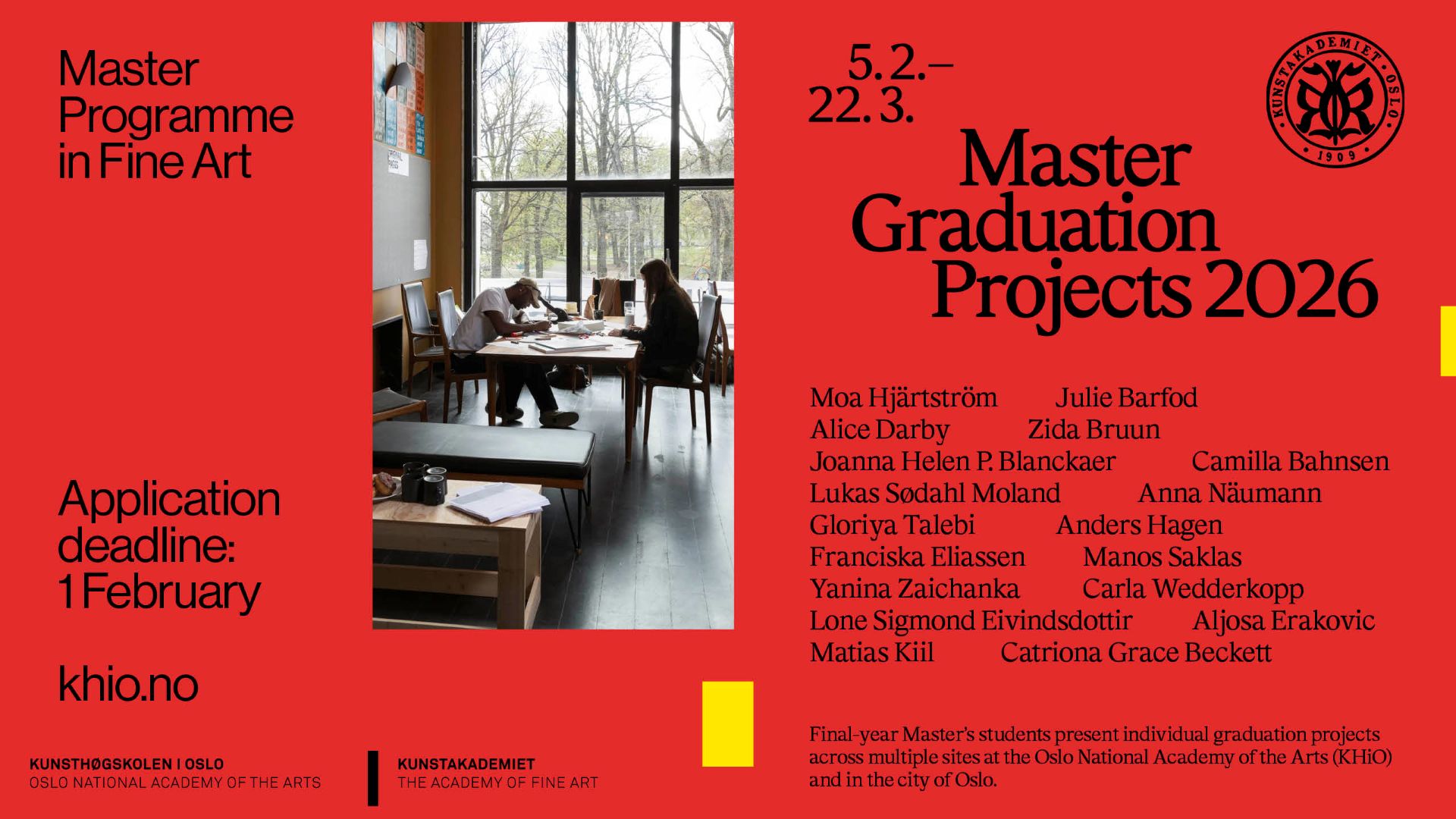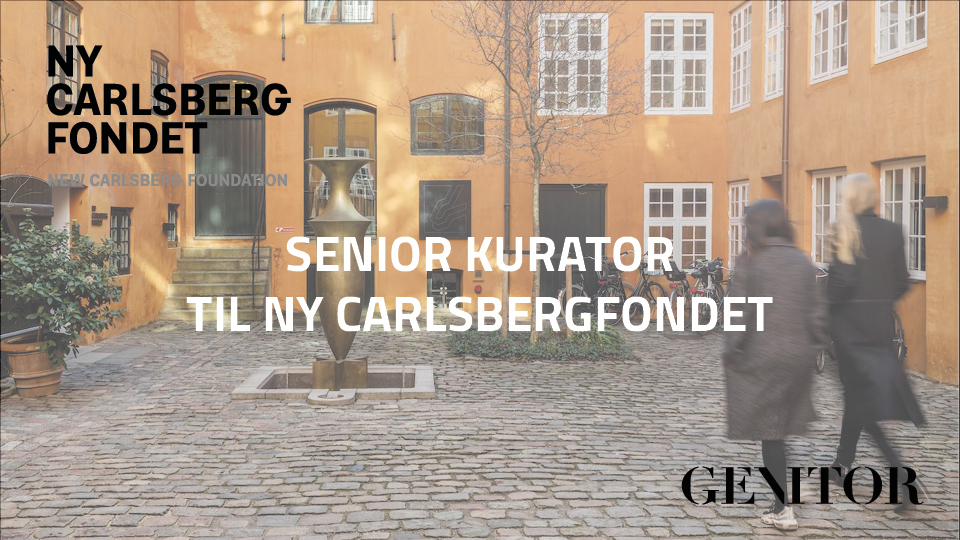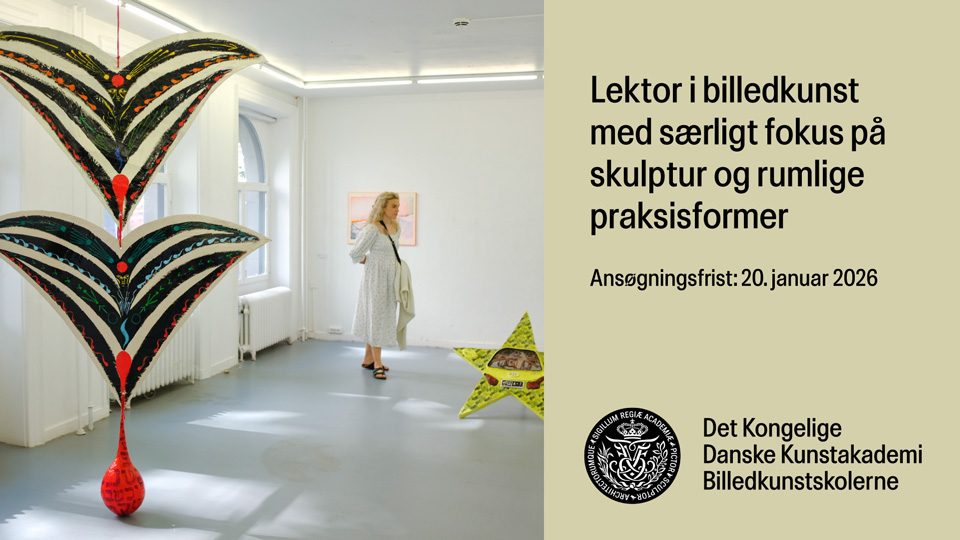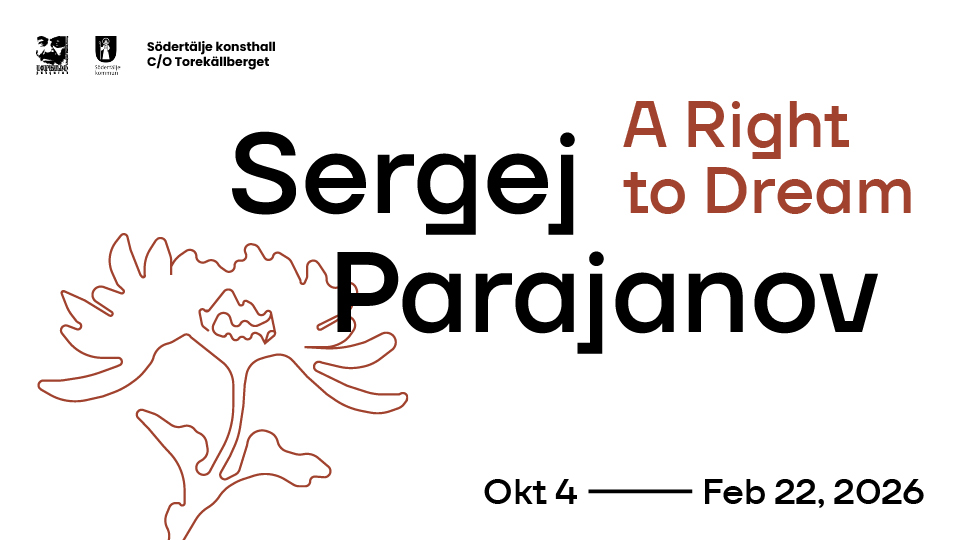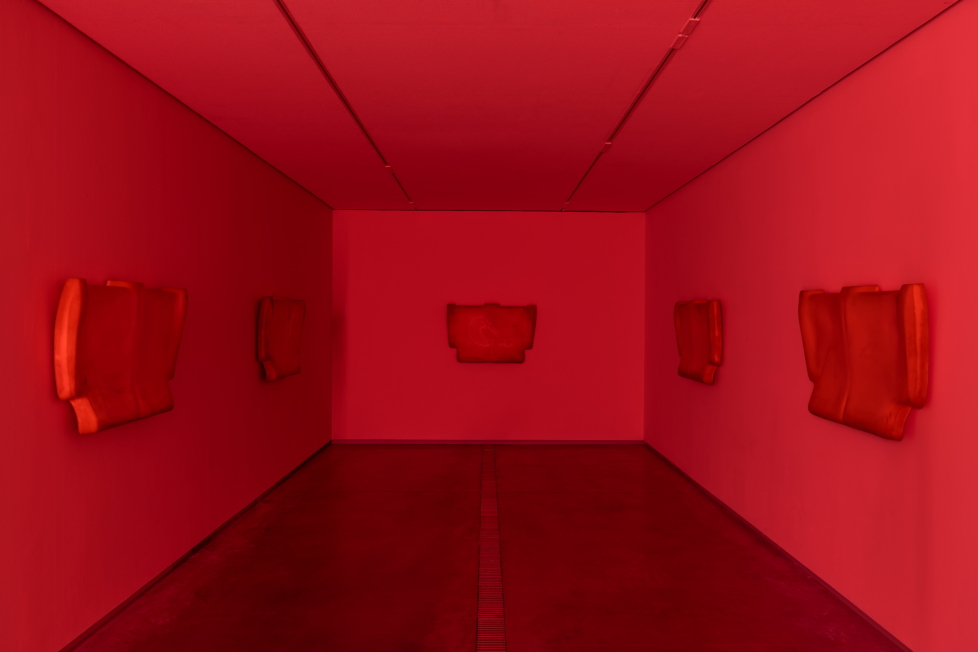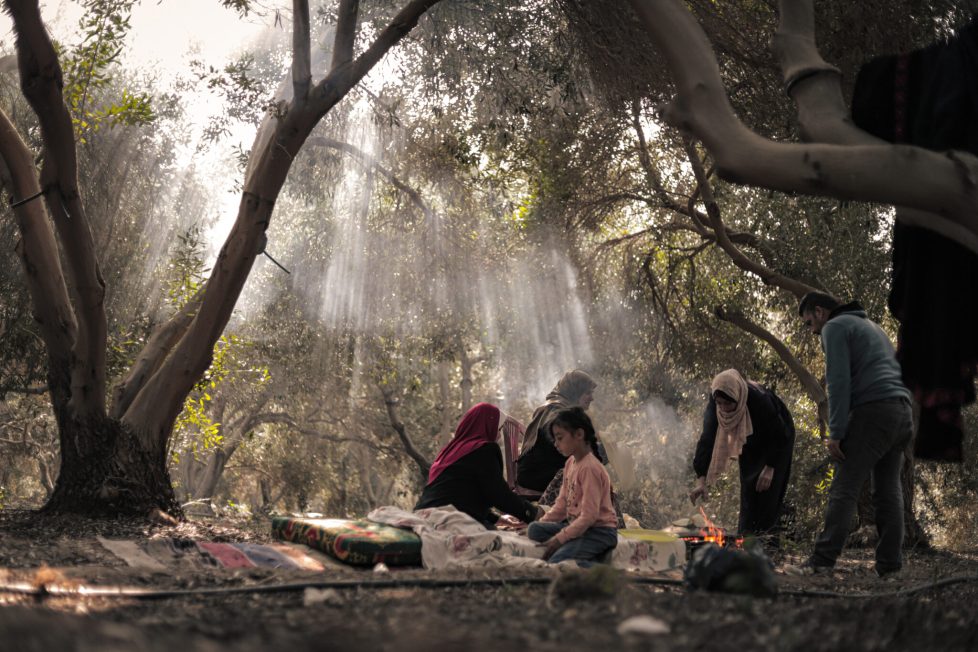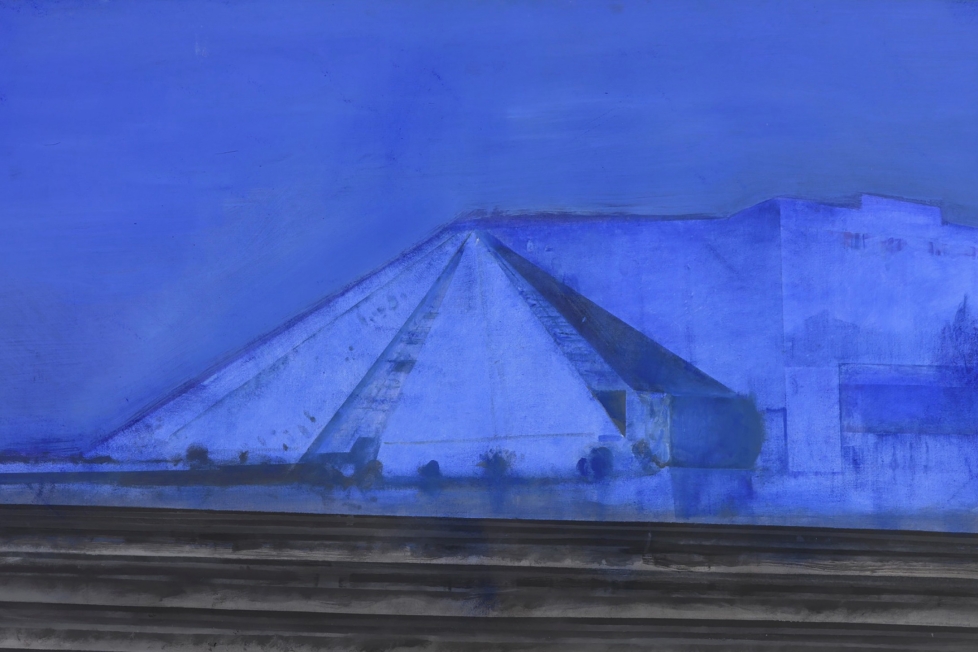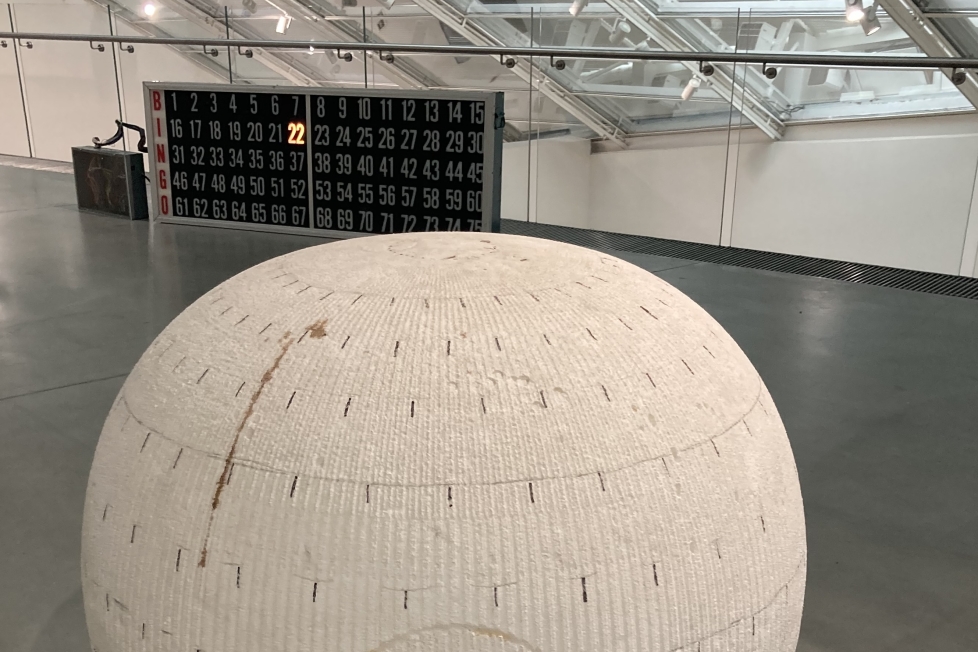
The relationship between art and the critique of capitalism has its roots in the first avant-garde movements from the early 20th century, and the issue has gained new momentum up through the 2000s. Works have been made, exhibitions staged, publications launched, and discourses developed to such an extent that it is now virtually impossible to say “contemporary art” without talking about critique of neo-liberalist capitalism in the same breath.
In Denmark the art historian Mikkel Bolt (b. 1973) is amongst the most prominent and most radical proponents of this trend. As assistant professor at the University of Copenhagen, editor of journals such as Kultur & Klasse, Øjeblikket, and Mutant, co-founder of the publishing house Nebula (together with the artist Jakob Jakobsen), and as author of several books – including Den sidste avantgarde. Situationistisk Internationale hinsides kunst og politik (2004) (“The Last Avant-Garde. The Situationist International Beyond Art and Politics”) and Avantgardens selvmord (2009) (“Suicide of the Avant-Garde”) – he has discussed the left-wing political project as a historical phenomenon and argued in favour of its continued relevance. His analysis leads him to conclude that a total obliteration of capitalist society is the only way out. On this occasion of the publication of his latest book Krise til Opstand – noter om det igangværende sammenbrud (“From Crisis to Revolt – Notes on the Ongoing Breakdown”) Kunstkritikk has asked him a range of questions pertaining to art’s role and importance in the Communist revolution he envisions.
You state that your analysis of the current crisis springs from and continues your interest in the artistic avant-garde of the 20th century and in politicising contemporary art, but art plays only a very minor role within the book’s argument. What’s the logic here?

This book is not mainly concerned with art in the narrow sense; it is concerned with the crisis of capitalism and the new cycle of protest that began in 2011 in North Africa and gradually spread to Southern Europe, the USA, etc. Insofar as these protests involve elements of what we might term creative dissent, such elements have been included as part of the analysis. For example, I describe occupying city squares as a détournement. In the new preface to Avantgardens selvmord, which has been reissued in connection with the publication of Krise til opstand, I write about the re-emergence of an avant-garde position within the Arab revolutions, about what I call Tahrir-dada, a self-critical street art that pokes fun of all authorities while also addressing the issue of mental lag. In my analysis of the crisis and protests I use e.g. the Situationists’ thesis on the society of spectacle and focus on crisis representation, i.e. on the various ways in which the crisis/credit crunch is represented. So the question of images remains central, but these are not necessarily the images that circulate within the art institution as such.
At the same time, however, I would argue that there is a very close link between modern art and various forms of critique of capitalism. The way I see it modern art has always had an antagonistic relationship with capitalist modernisation. From the Romantic era through the age of Aestheticism onwards to the avant-gardes of the interwar years to the present day art has represented a critical analysis of the world created by capitalist modes of production. On previous occasions I have formulated this by stating that art has a kind of inherent Communist perspective. It points beyond the existing world; the world that capitalism shapes and regularly rips to shreds in the hunt for profit. Art tries to imagine the modern world differently. The avant-garde movements of the interwar years, Dada, Surrealism, the Soviet avant-garde, and the Situationist International are, of course, where this capitalism-negating dimension reaches its acme; here we have to do with revolutionary anti-artistic projects that view themselves as part of the revolutionary effort. It is about developing and practicing an all-encompassing critique of society; all aspects must be subjected to critical analysis and changed: art, the city, language, etc. In other words: the link between art and anti-capitalism is straightforward.

During the years around the clearing-out of Ungdomshuset (a squatters’ headquarters turned impromptu youth centre, emptied and torn down in 2007) you were a prominent figure on the activist scene in Copenhagen. You arranged seminars and published books based on your work with the legacy from Situationism. What happened to your activism? Do you think the activist scene has played out its (historical) role?
No, activism has not become obsolete. Actually, the analysis presented in the book points out the importance of activism; it constitutes a reading of the protests in Northern Africa, the Middle East, Southern Europe, the USA, Canada, Chile, etc. The protests taking place in 2011 constituted the first major challenge of neoliberal capitalism and the extreme inequality it brings. After the credit crunch of 2008 the bill was simply passed on to ordinary people while the banks were bailed out. In Northern Africa and the Middle East exclusion has been rife for years under the auspices of neoliberal structural adjustment programmes; in Europe it was not until after 2008 that the neoliberal shock treatment truly “came home”, even though Europe, too, has seen a gradual erosion of our post-war welfare and consumer society; the same thing has happened in the USA, where the process of dismantling has been quicker and more intense. While things have happened in Southern Europe – in Greece, Spain, Portugal, and elsewhere – no mobilisation due to the credit crunch has taken place in Denmark and Copenhagen yet. Of course this has something to do with the European economy, the differences in conditions between Northern and Southern Europe, but it also has to do with the events immediately preceding the credit crunch in Copenhagen. As you say a lot happened in connection with the emptying of Ungdomshuset in Copenhagen in 2007. From 2007 to 2009 Copenhagen was heaving with activism; some of the highlights were G13, Luk Lejren, and Kirkeasyl. But after Kirkeasyl the energy ebbed away, people were simply exhausted; even in connection with COP 15 in December of 2009 it felt as if a cycle of protest had run its course. Since then no major mobilisation has taken place.

This situation is characterised by political depression, but you see that elsewhere too. After more than 30 years of intense neo-liberalisation there is no radical left-wing vocabulary left. In that sense activism is severely challenged or has broken down. That is why the current situation is one of dissolution and fragmentation everywhere. And this dissolution is the background behind the new protests in Southern Europe and the USA. But 2011 constitutes a break with 30 years of one-sided class struggle. The protests not only pointed to the debt-based problems of Finance Capital, but also to structural contrasts within the capitalist mode of production.
It may seem as if you have drawn the same conclusions from your analysis that several Situantionists also arrived at: that the only way out and the only opportunity for a truly political art is a dissolution of art in favour of direct political commitment. Would that be an accurate reading of your development?
As regards the question of art and direct political action one might say that this is the flipside of the question about art. If I began by saying that art has inherent anti-capitalist tendencies, then that statement must of course be supplemented by an analysis of art’s support to the established order of things. As Marcuse wrote back in his day, art serves a double role. On the one hand it offers a critique of capitalist society, but on the other hand art consolidates that very same society. Art is a relatively free zone for experimentation. There is this notion about the autonomy of art. It is not required to obey externally defined rules, and even though the art institution and the art market put pressure on individual artists, those artists still remain relatively free to create the artworks they want. But precisely by virtue of its “free expression” art plays an important role within the hegemonic order, which reflects itself in art’s “freedom” and “openness”. In art all of the conflicting activities of society can become luxury goods. As a system, then, art affirms established society. It acts as a symbolic legitimatisation of class society, as Bourdieu would put it. So if art is to be true to its critical potential it must always push back the boundaries of art. It must be antagonistic to its own institutional status. And if it is to remain true to art’s anti-capitalist potential it must create a break with the art system in one way or another. Not by politicising art, but by critiquing how human existence is compartmentalised into separate spheres, whether in art or politics.

In connection with the pirate street party in Hyskenstræde, Copenhagen, in 2009, where young people from the “autonomous” scene clashed with the police, you stated that the party, which also involved massive vandalism, was “a tremendous creative appropriation of an otherwise entirely colonised public space”, and gave the impression that to you this was the ideal for art today. The party was not advertised as art, and I don’t believe that any of those present – which numbered several people from the art scene, including me – saw it as such, but could you point to any contemporary creative modes of expression that define themselves and operate as art that might support the Communist revolution you envision?
Art is important. Revolution is also a mental process; that’s what the Situationists called attention to in the 1960s with their concept of the society of spectacle. However, the vast majority of contemporary art in circulation today simply affirms neoliberal capitalism. Nothing happens there. It is, however, still possible to act oppositionally. Institutional critique is still possible; critical reflection on the social issues that form the basis for institutional circumstances. The autonomy of art still allows for a certain relative freedom that makes it possible for artists to act critically in their practice and in their works. But as I have already said, the relative freedom of autonomy serves to put a strong dampener on criticism. If anything more is to happen the art institution must be challenged or abandoned. A return, then, to a post-neo-avant-garde position; but not a lot of contemporary art does that. But Hyskenstræde was an attempt.
Couldn’t you mention a few examples? After all, you have worked closely together with artists on numerous occasions. You have curated a Situationist exhibition and arranged a seminar on Situationism with Jakob Jakobsen, where several artists and poets participated; you have published a journal with Jørgen Michelsen and a book with you and Claus Beck-Nielsen in conversation. Surely, there must be some specific artists in existence that cause you to not be entirely disillusioned with art.

There are certainly artists who successfully use the relative autonomy of art for something relevant. The artists you mention – with whom I have collaborated in various ways – are very different, but they all share a tremendous historical awareness of art’s impossible situation, and nevertheless try to continue the creative process in the most bizarre self-problematising ways. Matias Faldbakken is another example; here we find an interesting complicit post-critical practice that addresses, in a self-critical manner, the impossibility of resistance in the art institution – the final emptying-out of art’s critical potential. But there are also more avant-garde projects such as Pussy Riot, who stage an intervention into the tightly controlled Russian public sphere by criticising the church, the dictator, and capitalism. So there are relevant projects within as well as outside of the institution.
Krise til opstand is partly a critique of capitalism, and partly of the alternatives – ideas of revolution – that leading left-wing thinkers from Lenin to Žižek have formulated. It is difficult to spot your own alternative. You state that capitalism will be “replaced by something else”, but that is a rather vague and, I’d say, vision-less notion. Couldn’t you offer a more definite description of how you envision a present-day Communist society? For if people – the working class – are to join the revolution, do they not need a dream to identify with? A dream that entails more than simply an abolition of the capitalist division of labour?
The book is an attempt of practising what I call world critique. At analysing the credit crunch of 2008 and the protests of 2011, and at accounting for the scope and historical depth of the crisis. The crisis is not new; in a sense you could say that the neoliberal period has been a single, prolonged crisis where cuts have been made in social reproduction and capital on an ongoing basis. Just look at the infrastructure in the USA; it is all smashed up in many places. Outsourcing, debt, and new technologies have not been enough to recreate the growth seen during the postwar period. That is why the period from 1973 onwards is a slow shake out. The analysis of this development does not give any cause for formulating a vision about an alternative society. The point of departure is the slow dismantling of the revolutionary language; there is not much left to enable us to formulate new images. The traditional worker identity has been dissolved, its political formats – such as the party and trade union formats – lie in ruins and simply serve to impede any alternatives from making headway. So the visionless aspect is associated with the destruction of former models for revolution. I do not present any programme to be realised anywhere. As a white, heterosexual, middle-class male it is not up to me to draw up any visions in the current historical situation. Rather, it is my task to help abolish all the models created by the Western enlightenment project; models that prevent others from being visionary. So yes, my project is negative in nature. It would be a great help to the processes that are now underway if we could effect a meltdown of all the passed-down notions about growth, market, national democracy, and state. That would almost be half a revolution in its own right.

